Dill "Alligator" - the pros and cons of the variety, the necessary care
Bush dill "Alligator" belongs to the late varieties, so it can be sown once and harvested throughout the season. Greens can be grown both in the greenhouse and in the open field. Seeds from this plant can be obtained only in the southern regions; in cooler climates, they do not have time to ripen. Summer residents have long taken note of this variety of dill, which is distinguished by its unpretentiousness and high yield.
Description of the variety
Full-fledged greens from dill of this variety can be obtained in 40–45 days from the moment of germination; it will take a long time to wait for umbrellas - 115 days. "Alligator" does not impose increased requirements on the composition of the soil, perfectly tolerates low temperatures.
Detailed characteristics and description of the variety:
- in the open field, dill grows up to 1 m, in greenhouse conditions - up to 1.6 m;
- the bush forms many internodes, due to which it branches well;
- with a single cut, you can get up to 25 g of juicy greens;
- leaves are green with a bluish tint;
- the socket is large, slightly raised;
- does not require careful maintenance.
The variety was included in the State Register and recommended for cultivation throughout Russia. "Alligator" is suitable for planting in small farms and private yards.
The advantages of the variety:
- high yield rate;
- lodging resistance;
- late formation of peduncles;
- the possibility of growing without additional crops;
- slow growth of the main stem;
- resistance to diseases and pests;
- reduced need for illumination;
- fragrant and juicy greens;
- the possibility of multiple cutting.
No shortcomings were found in this variety. Its greens are not stored for too long, but this is a feature of all varieties of dill, without exception.
Soil and seed preparation
Alligator dill can grow without problems in a partially shaded area. It is permissible to plant it along the fence, outbuildings, near trees. When grown on greenery, planting in partial shade is even more preferable than in the open sun. In this case, the leaves will not turn yellow, and the formation of peduncles will be delayed as much as possible.
Loose black soil is best suited for the plant, but dill will take root in other soil. Previously, all weeds and rhizomes are removed from the garden. The earth is dug up onto the bayonet of a shovel. Humus is applied as fertilizer (1–1.5 buckets of organic matter per square meter).
When applied in autumn, the soil can be fertilized with fresh manure, it will have time to decompose before spring. In addition, you will need to add 0.5 kg of ash per sq. meter. The soil should have neutral acidity, if necessary, lime it. If the preparation of the beds is carried out in the spring, all work is carried out a week before sowing.
Dill seeds are distinguished by a high content of essential oils, which is why their germination rate is low. To increase this indicator and accelerate germination, the seed is soaked in warm water for a day. As it cools, the water is again changed to warm. After soaking, the seeds are dried to give them flowability. Such treatment allows you to get seedlings in 3 days from the moment of sowing, while untreated seeds germinate in 1.5-2 weeks.
Sowing work
As soon as the snow melts and the ground warms up a little, you can start sowing dill. In the spring, it is advisable to plant seeds in the soil at that stage, while the melt water has not yet evaporated from it.To get earlier shoots, the culture can be sown in late autumn, dill tolerates winter well. The grooves must be done in advance, and the sowing itself must be carried out on frozen ground so that the seeds do not have time to sprout.
On the bed, make transverse rows with an interval of 10-15 cm, the seeds are laid out with an interval of 1 cm (a denser sowing is carried out before winter). Some of the seeds will still not sprout. Later in the growth process, the seedlings are thinned out, removing weaker plants. The optimal distance between adult specimens of bush varieties is 15–20 cm. Those with a small vegetable garden may not allocate a separate bed for dill, but sow it to other early crops, saving planting area.
A minimum temperature of +3 ° C is required for seed germination. Dill will start to grow actively at a temperature of 15–20 ° C. Seedlings will painlessly tolerate frosts down to -4 ° C. In cool weather, it is advisable to cover the bed with a film, at the time of emergence of shoots, the shelter is removed. Dill can be first planted in a greenhouse for seedlings, and then transferred to open ground. In this case, the culture will give a greater yield of greens.
Planting care
Alligator dill is growing successfully with minimal maintenance. The plant's agricultural technology can be called standard; the culture does not require any special care.
Watering, loosening, weeding
Dill will only produce luscious greens when the ground is constantly moist. With watering, you need to be careful before germination. During this period, the garden bed is watered only from a watering can by sprinkling so as not to wash out the seeds.
In the heat, watering is carried out more often, using a larger volume of water. After moistening the soil, loosening is carried out - this prevents the appearance of a hard crust. Plant roots will remain healthy if oxygen is supplied to them.
At the beginning of crop growth, weeding should be regular, otherwise the weeds will drown out the dill. It is better to weed the bed after watering, when the ground is soft, so it is convenient to combine the procedure with loosening.
Fertilization
If the soil has been well fertilized before sowing, there is no need to apply additional fertilizing during the growth of the crop. The appearance of the dill will tell if there is enough food. With a lag in growth and faded color of the leaves, you can apply a complex mineral fertilizer.
When you plan to get your own seeds, the crop should be fed shortly before flowering. To prepare a nutrient solution in 10 liters of water, dilute 1 tbsp. l. saltpeter and the same amount of potash and phosphorus fertilizers.
Supporters of natural dressing can use slurry infusion (1 liter per 10 liters of water) as fertilizer. After 2-3 days, the fertilizer is filtered and diluted again 1:10. Then to 10 liters of the resulting composition add 1 glass of wood ash.
Pest control
Dill "Alligator" is resistant to diseases, but sometimes it can be affected by pests. More often than others, aphids attack the culture. In the initial stages of infection, insects can be fought mechanically by cutting off branches with a large accumulation of aphids or flushing the parasites with a stream of water from a hose.
In case of mass infection, the bushes will need to be treated with plant infusions prepared on the basis of:
- onions (200 g per 5 liters of water);
- garlic (100 g per 10 l of water);
- tobacco (200 g per 10 l of water);
- citrus fruits (500 g per 5 l of water);
- potato tops (1 kg per 10 liters of water).
Plant raw materials are poured with hot water and infused for several hours. It is better not to use chemical preparations, since after their use the greens become unsuitable for consumption.
Harvest
The first greens can be obtained when the bushes reach a height of 10 cm.At this stage, if necessary, thinning is carried out or the lower leaves of the plants are cut off. It does not make sense to cut it earlier, since the first leaves have almost no aroma. Dill becomes fragrant after 4–5 leaves appear.
After the first cut, the twigs are allowed to grow and after a while the greens are cut again. We can say that the harvesting of bush varieties of dill is carried out as needed. Leaves are cut when needed for salads or other dishes. Towards the end of the growing season, plants can be uprooted or cut at ground level.
Surplus greens are dried or frozen. To collect the seeds, you need to wait until the leaves turn yellow and the umbrellas darken. Ripe dill seeds fall off the bush easily. To harvest the seeds, the umbrellas are cut and dried in partial shade. The seeds retain their germination capacity for 2-3 years, but it is better to take the most fresh planting material for sowing.
Planting Alligator dill is not difficult at all and can be carried out from early spring to late autumn. For successful cultivation, it is important to regularly water the plants, make sure that pests do not appear on them, loosen and weed the soil. Cultivating this variety, you can more than provide yourself with herbs for the whole season or get dill for sale.

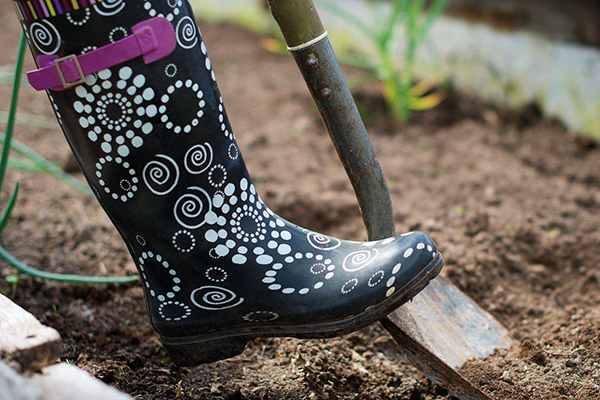
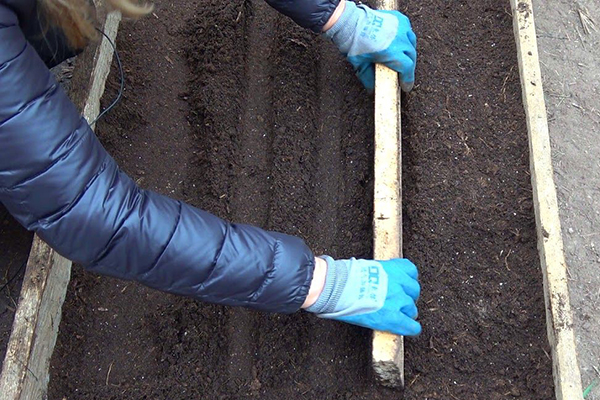
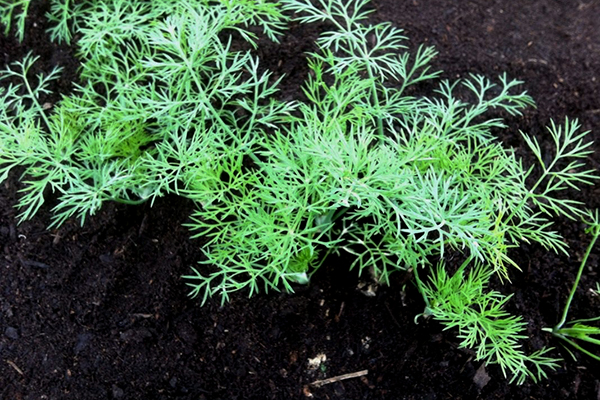
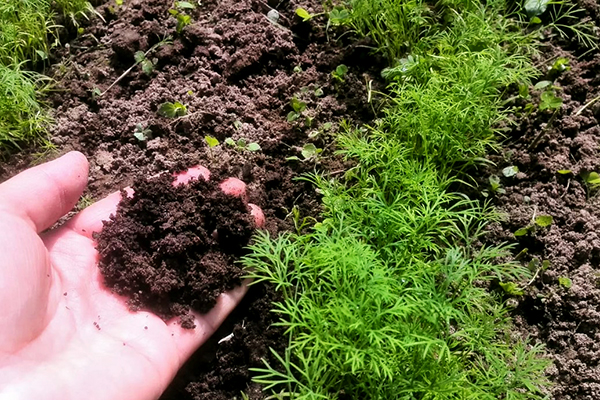
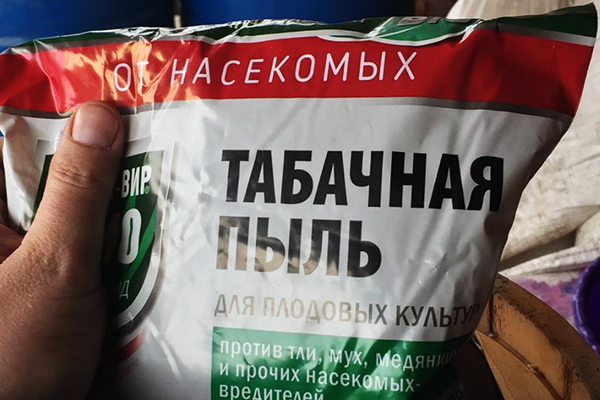
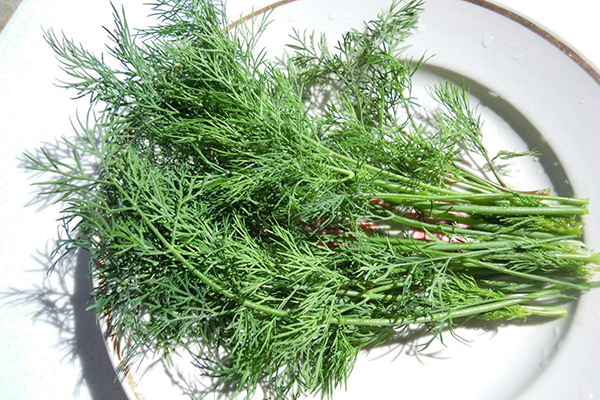
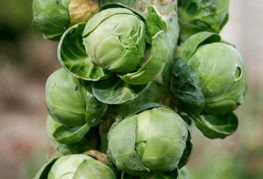
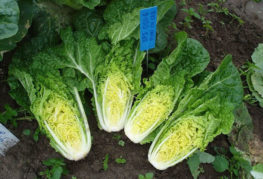
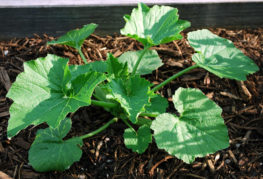
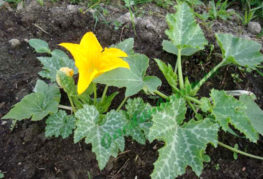


and will be published shortly.